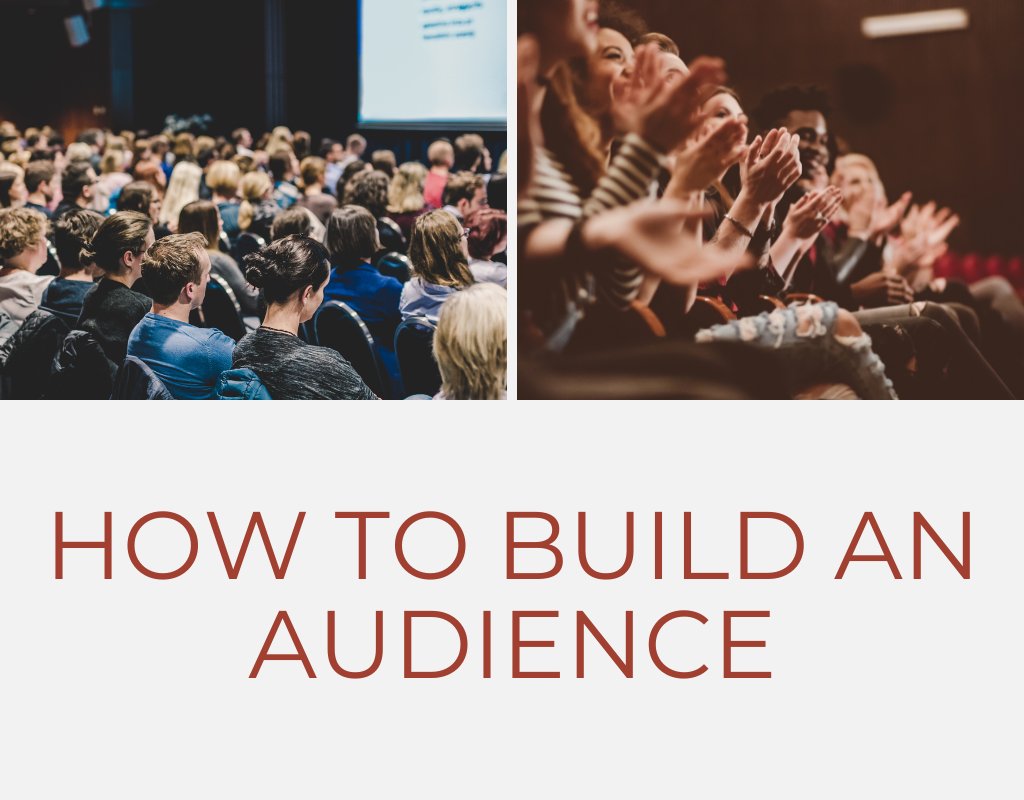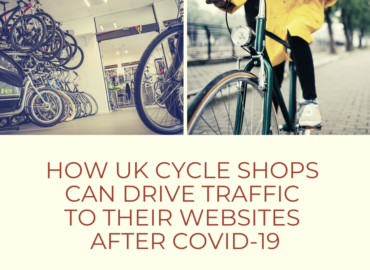Who will read your content is almost as important as what the content itself contains. If you don’t immediately know the answer, then you probably need to build an audience.
I became aware of this problem when I was still a young writer without any platform. I was trying to make it as a fiction writer (a boy can dream…) and grew frustrated at “lesser quality” books that were somehow so popular.
3 lessons about audiences
I learned three things during those early days of toil and labor:
- When you have no audience, what you write must be incredible. But even if it is incredible, you might still remain unknown.
- When you have an audience, your writing can be subpar. Your fans will still love you. Those on the fringes will at least take a look at you, and they might or might not become fans as well.
- The magic combo is incredible writing + huge, loyal audience. When you’ve built your audience and put out incredible writing, that audience becomes fiercely loyal with everything you write.
The above three lessons apply to fiction and nonfiction. Indeed, when you want to get a nonfiction book published, the first thing that agents and publishers will ask about is your “platform” a.k.a. How many readers do you have?
Amazing content and building your audience
In all three points above, amazing content is the one constant. When you’re unknown, only amazing content can get you known.
When you’re somewhat known, amazing content will set your “fans” on fire and bring people on the outer fringes into your circle.
When you’re already very well known, amazing content will be ten times more effective because you’re known. You could even start a movement with a single article.
But the risk of being at position #1 above — no audience (yet) — is that the content you create could also be absolutely incredible…and yet no one reads it.
There are two solutions to this:
1. Sign up for paid programs to build an audience
Sign up for one of the paid programs to write on news sites such as Forbes Councils and the Entrepreneur Leadership Network. (I believe Fast Company also has a program, but I don’t know what it’s called.) This lets you “jump on their bandwagon” and produce content that will at least be read.
Although those programs don’t let you promote yourself directly in the article itself, you do get a link to your website and social media platforms at the top of the article and it’s a nice way to slowly build up some clout.
You do need to write regularly. And writing for these publications can be quite challenging — especially Forbes — because the content gets checked by editors and there are usually a few revision rounds. It’s advisable to hire a ghostwriter to help you form the article, even if only on a consultative basis.
2. Build an audience through physical mailings
The other solution is direct mailing. Spam laws make emailing news difficult but there are few such laws regarding physical mailings to your clients.
People have been bombarded so much with electronic communications that we’ve gone full-circle to the fact that physical mailings might actually have a stronger impact than digital ones. People receiving a letter in the mailbox are far more likely to open and glance at it than those getting it in their email inboxes.
Yes, physical mailing costs more money. But the success rate could be higher. And it all comes down to ROI at the end of the day. A thousand emails that (a) land in spam or (b) get moved to spam or (c) get deleted because they are mixed in with so much other spam are far less effective than 50 letters that land in a physical mailbox and actually get read.
Instead of “posting on LinkedIn” or “posting on your Blog” you could physically mail the article on fancy glossy paper, with a link in it (or a QR code) to the digital version. Or you could have a QR code pointing to an opt-in newsletter.
Digital is still more cost-effective but it comes down to who will read what you write? If people have opted in to receive digital news from you, they are more likely to read what you write in a newsletter. So, sending the physical letter with a link to an opt-in digital newsletter is another great way to build an audience.
What type of content builds an audience?
People seem hardwired for stories. And every story has common elements for it to be considered a “real” story.
Even when writing a “business article,” you should consider the elements of a story if you are trying to build an audience.
A story needs a protagonist. This is the “champion” of the story. It is the person we want to support and whom we wish to identify with. In a first-person narrative, the protagonist is almost always the writer. You don’t need to mention this. But it’s important to know.
Stories need an antagonist. In business articles, this can be a nebulous thing such as “the tax man” or “an oppressive government” or “companies who charge too much.” There are so many implicit, yet unstated, antagonists in business articles around the web. Take a good look at the next article you read that you love and see if you can’t figure out who the antagonist might be, even if he/she/it is not directly mentioned. (In this article, the unnamed antagonist could be “those damn publishers who demand you have an audience!”)
Finally, a story needs a structure. This does not necessarily mean it needs a happy ending. It depends what you’re trying to achieve with your article. If you’re trying to incite action, then you might want to leave the story open so that people feel they must get up and finish the story themselves by taking action.
If you want to sell a product, you could finish off with the typical (and ever successful) solution to the problem — this would be your CTA (CAll to Action) for people to contact you or purchase your product or service.
By telling a story, you are immediately slotting in to that element of human character that keeps us addicted to movies, books, musicians, the news, and all those things in the world that entertain us. By providing a story in your articles and posts, you maximize your chance of building an audience because everyone loves a good tale.
R. Paulo Delgado is a freelance writer for hire and expert storyteller for brands. You can contact or hire him here.




